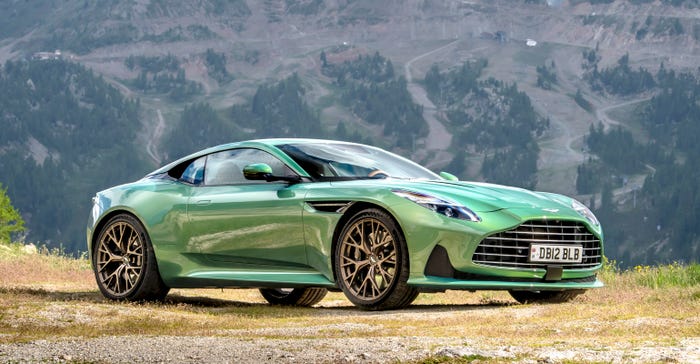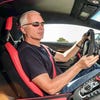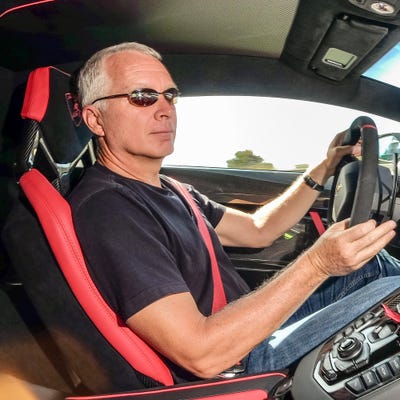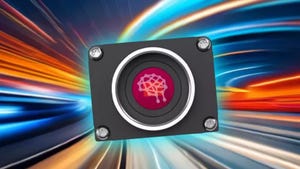The Aston Martin DB12 Is a Much-Improved Super Tourer
The Aston Martin DB12 is 80 percent new from the DB11, showing how much improvement is possible through continuous engineering.

Iridescent Emerald is Aston Martin's contemporary take on the traditional British Racing Green. Andy Morgan via Aston Martin
Aston Martin has demonstrated the power of continuous engineering with its new 2024 DB12, a model so improved over its DB11 predecessor that the company dubs it a “super tourer,” rather than the traditional “grand tourer” description.
That’s because the DB12 has brought more power and improved agility to a car that is similar to its predecessor in many ways. In fact, the DB12 carries over about 20 percent of the content from the DB11 while adding capability and comfort.
“The items we carried over were items that were not significant in terms of performance,” said Director of Vehicle Performance Simon Newton. “They were things like airbags, driveline components, and some elements of the extensive castings that make up the monocoque [chassis],” he said.
This upgraded car features a 671-horsepower twin-turbocharged 4.0-liter V8 engine that propels the DB12 to 60 mph in 3.5 seconds and to a top speed of 202 mph.
The car marks the industry debut of Michelin’s new Pilot Sport 5 S tires and a new in-house-developed infotainment system that delivers substantially improved ease of use compared to the obsolete system used in the DB11. Support for Apple CarPlay and Android Auto are significant benefits of the new system.
Aston is also offering features through a mobile application that lets customers monitor, locate, and protect their vehicle, send navigation points of interest, or be guided on foot with last-mile navigation. A significant source of dissatisfaction with such apps has often been their slow response time, so Aston targeted that problem.
“The first key thing is to be careful the way data is transferred is done as intelligently as possible,” Newton explained. “It doesn’t wait until it has everything it needs to transmit. Rather than waiting for feature-related data, it sends the most pertinent data immediately.”
Additionally, the car saves time responding to requests from the app by keeping the computer on standby. “The telematics control unit is set up so it goes into a very light sleep when you’re away from the car, like your computer, so it wakes up very quickly,” said Newton.
Aston selected the operating system for these components because they were as efficient as possible. The aim was to improve each part of the system that can stack up delays. “Marginal gains in many areas to come up with a much faster product in the end,” he said.
The same could be said of the car itself, as engineers tweaked a platform that owes a lot to that of the DB11 to produce a car that is simultaneously more agile and more comfortable. Click through our gallery for a look at some of the technical highlights that make this possible.
About the Author(s)
You May Also Like





